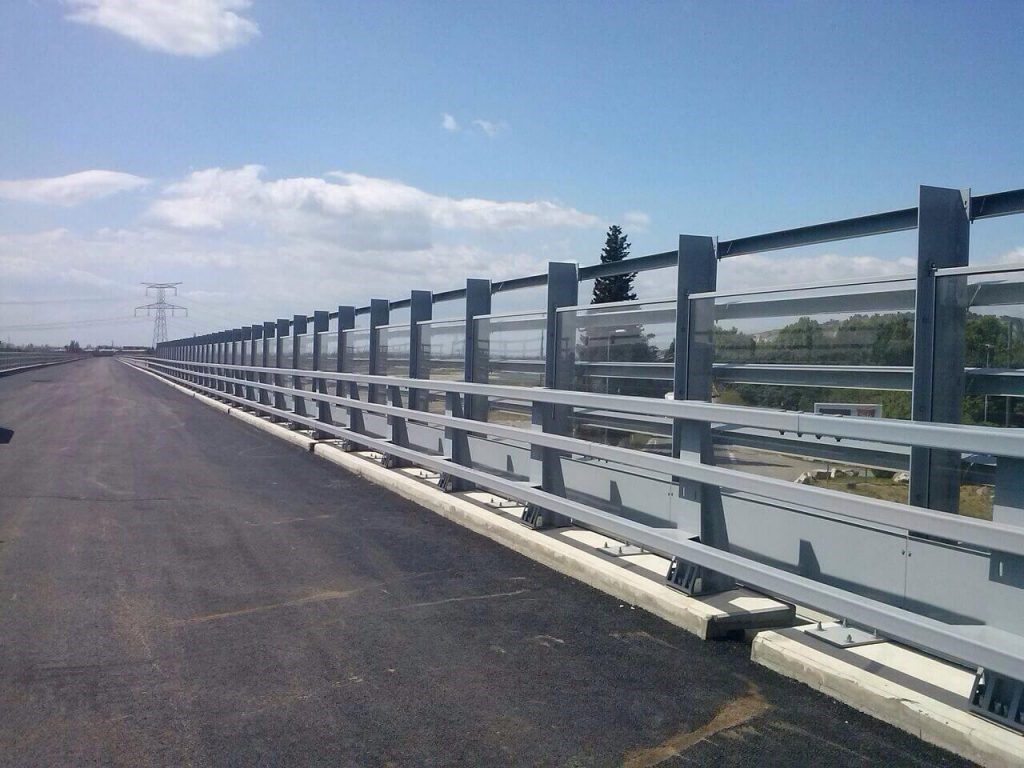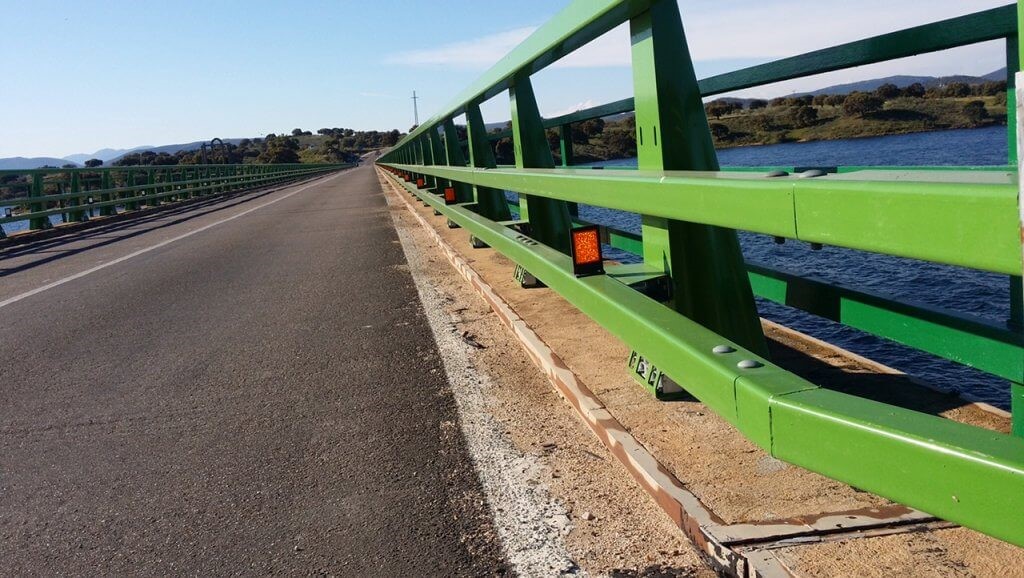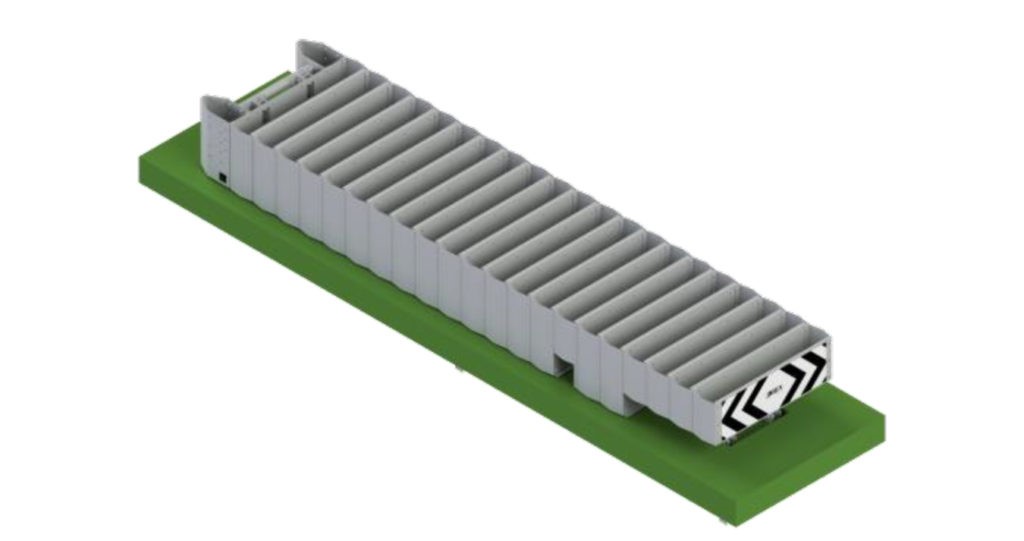Ensuring road safety is everyone’s responsibility. Drivers should be aware that each journey by car can have serious consequences if they are not driven carefully, but it is also necessary that the public authorities that manage transport infrastructures guarantee safe roads to minimize the severity of accidents as much as possible. This is something that is already being done by both parties: drivers are increasingly responsible behind the wheel and the authorities are working to build safe roads. Proof of this are the results of the latest report from the European Transport Safety Council (ETSC), which indicates that between 2001 and 2020 the accident rate on Spanish roads fell from 5,517 victims to 1,370. That is, 75.2% less. These figures position Spain as the country in Europe in which deaths in traffic accidents have fallen the most during this century. In this sense, Road Safety studies and improvement of the most conflictive points are absolutely essential to progressively improve the road network. One of the most important elements of your safety equipment is containment systems.
Infrastructures for Road Safety: Vehicle containment systems
What is a containment system?
Vehicle restraint systems are safety barriers located on the roads to mitigate the consequences of accidents due to exits.
Road exits make up between 35% and 40% of road accidents. Given these high percentages, it is convenient to ask ourselves what type of containment systems it is necessary to install on those roads with a high risk of accidents. Said vehicle containment systems ‘act’ in various situations such as:
- When the vehicle leaves the road in an uncontrolled way.
- When there is a risk of falling down steep slopes.
- When the vehicle invades another lane.
- When there are obstacles on the road with which the vehicle can impact.
In these types of situations, the absence of containment systems is very likely to lead to a fatal outcome, which is why their installation is so important.
Factors to take into account for the installation of Vehicle Containment Systems
The following factors must be considered in deciding in which situations it will be necessary to install vehicle restraint systems:
- Type of road: If it is a conventional road, highway or highway.
- Characteristics of the section: If it is a curve or a straight section.
- Traffic intensity and composition: This factor refers to the number of each type of vehicle that circulates on the section in question.
- Existing risks on the road: Obstacles, steep slopes, that there are other roads that could be invaded …
- Distance between road hazards.
After analyzing these factors, it will be decided whether a vehicle restraint system should be installed in the section to mitigate the consequences of accidents. If the study of these factors indicates the need for its installation, the next step is to decide what type of vehicle containment system is required, for which the following parameters are met:
- Containment level: Refers to the capacity of the containment system to retain the vehicle in the event of a collision, redirecting it to the road in stable conditions, that is, the vehicle does not overturn or the containment system does not penetrate inside.
- Impact severity: The risk of the occupants when the vehicle collides in front of the restraint system.
- System deformation: The measurement of the degree of deformation of the containment system when the impact occurs, serves to define the distance at which said infrastructure has to be installed with respect to the dangerous area or obstacle.
- Redirection capacity: Ability of the vehicle restraint system to change the trajectory of the passenger car when the crash occurs, allowing the exit to be as parallel as possible to the direction of traffic.
Types of Metal Vehicle Containment Systems
After carrying out the previous analysis, we will proceed to select the most suitable containment system. At Metalesa, we are experts in the design, manufacture and installation of vehicle restraint systems and we have a wide range that allows us to adapt to all existing situations in terms of Road Safety.
Steel Bridge Parapet META13
This type of vehicle containment system is installed on the edges of bridge decks, supporting wall crowns, passage works… It is a H2 level containment system.
Some of the main advantages of the Steel Bridge Parapet META13 are the flexibility of the containment system, its fusible anchoring system that allows a simple and quick replacement in the event of a crash, and its versatility, since it allows it to function as a vehicle containment system. and pedestrians installing a grid.
It is a device approved according to the UNE EN 1317 parts 1 and 2 standard, which together with compliance with part 5 in terms of production control, has obtained the CE marking.

Steel Bridge Parapet META16
The Steel Bridge Parapet META16 is our H3 containment system, which also has the CE marking after passing rigorous full-scale laboratory tests.
Some of the advantages of this vehicle restraint system are the following: It is light and of small dimensions, it allows the installation of vandal-proof fences and the placement of acoustic screens at a very short distance from the parapet, and due to its reduced number of components the assembly it’s simple.

Impact End Terminals
Impact End Terminals are equipment that is characterized in that they are always attached to the end of a vehicle restraint system. They cannot be installed autonomously.
We have several models tested in accordance with the European standard prEN 1317-7, all of which provide the flexibility of joining with double or triple wave bionds, or with normal or double bionds (on both sides).

Crash Cushions
A Crash cushion or shock absorber is a vehicle restraint system that absorbs frontal or side impacts without the risk of intrusion of components in the vehicle compartment, being its installation more and more frequent since it allows to significantly reduce the victims in accidents.
We have a wide variety of models that can be installed on concrete slab or directly on the ground. In case of impact, the infrastructure is easy to repair or replace.

Mixed Parapet PXP
It is a mixed vehicle containment system, as it is made up of a concrete parapet and a metal railing. The latter is installed on the concrete parapet, which guarantees a better containment system against the collision of a heavy vehicle.
In addition, its aesthetics provide excellent integration on the tracks, it is easy to install and we have several models of handrails: With a through tube to a ring welded to each support, with a tube welded directly to each support, or other models according to installation conditions.

At Metalesa we are aware that our products save lives, and that is why we have a great responsibility. In this sense, it is not only important that the authorities worry about the installation of containment systems on the roads, but also to ensure that these infrastructures are of quality, there is a lot at stake. From Metalesa we can guarantee that quality in our products to ensure safe roads.
If you want to obtain a quote for the installation of our vehicle containment systems, call us at +34 96 088 99 44 or send us an email to metalesa@metalesa.com
